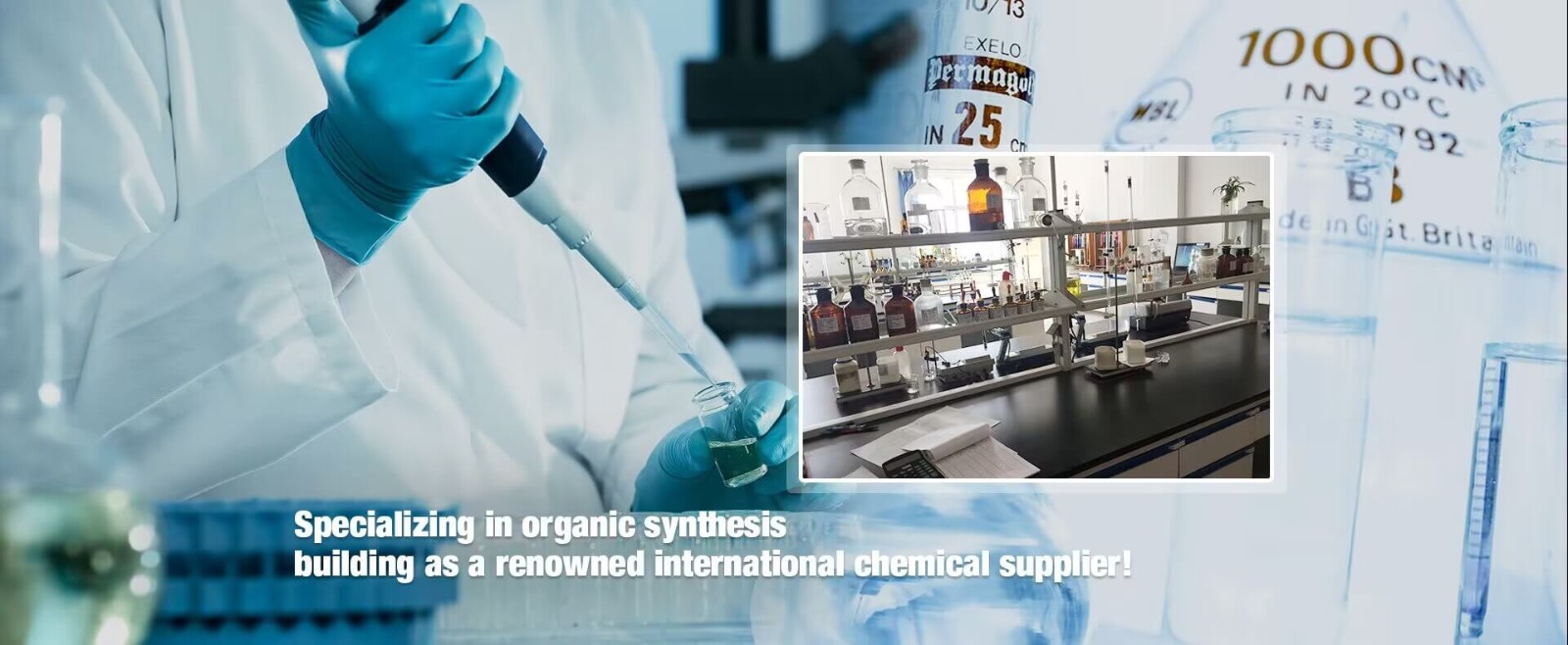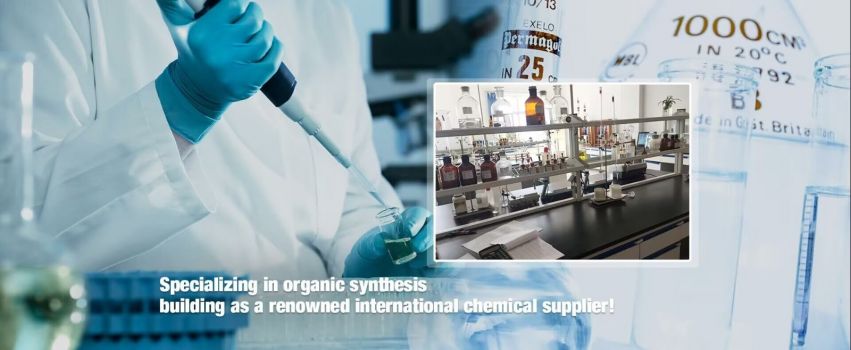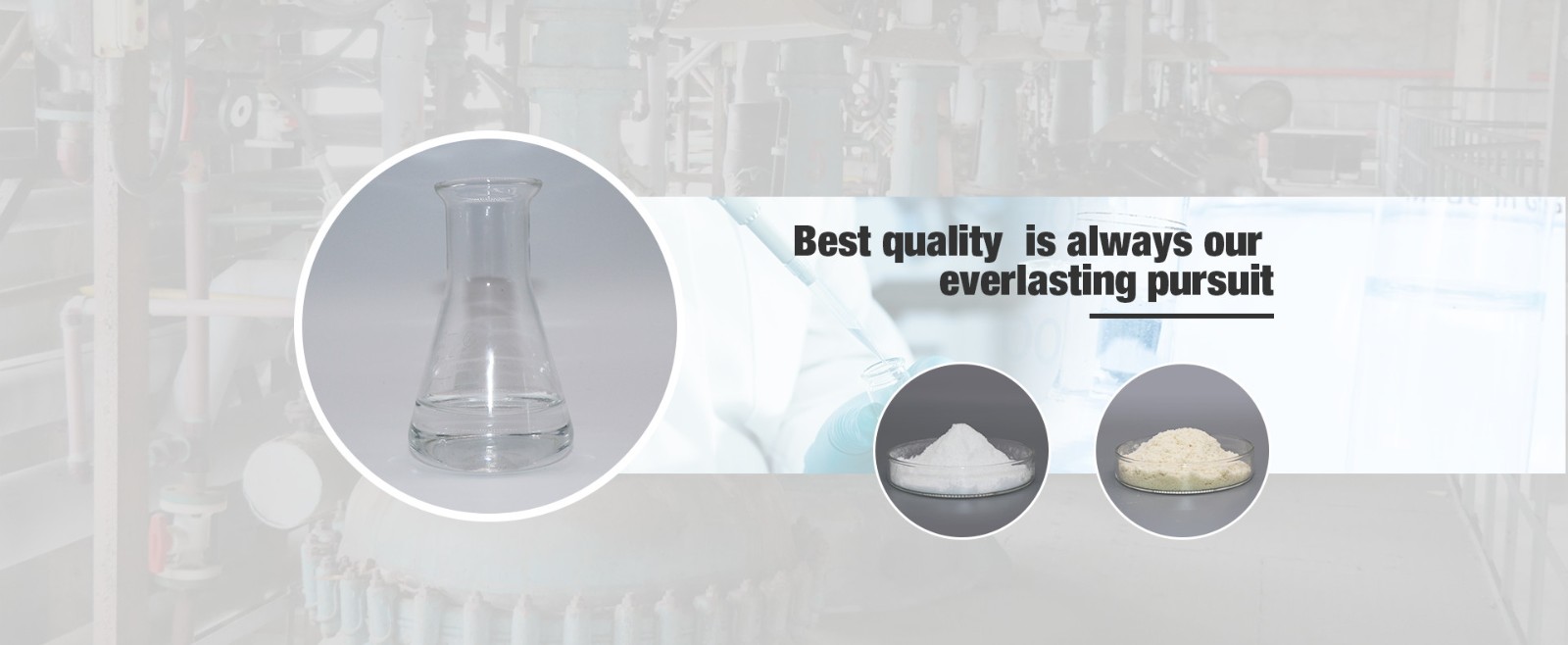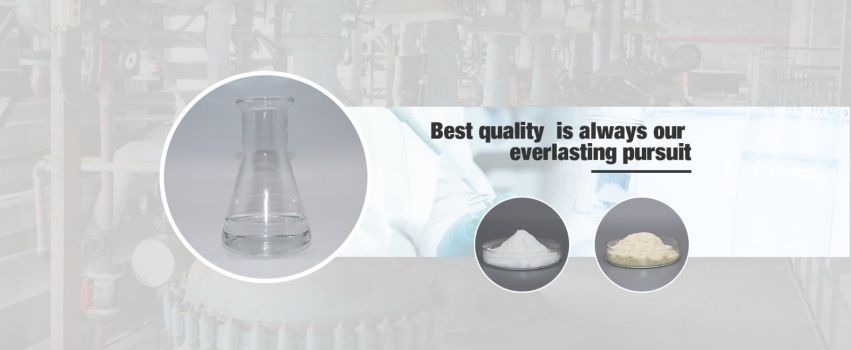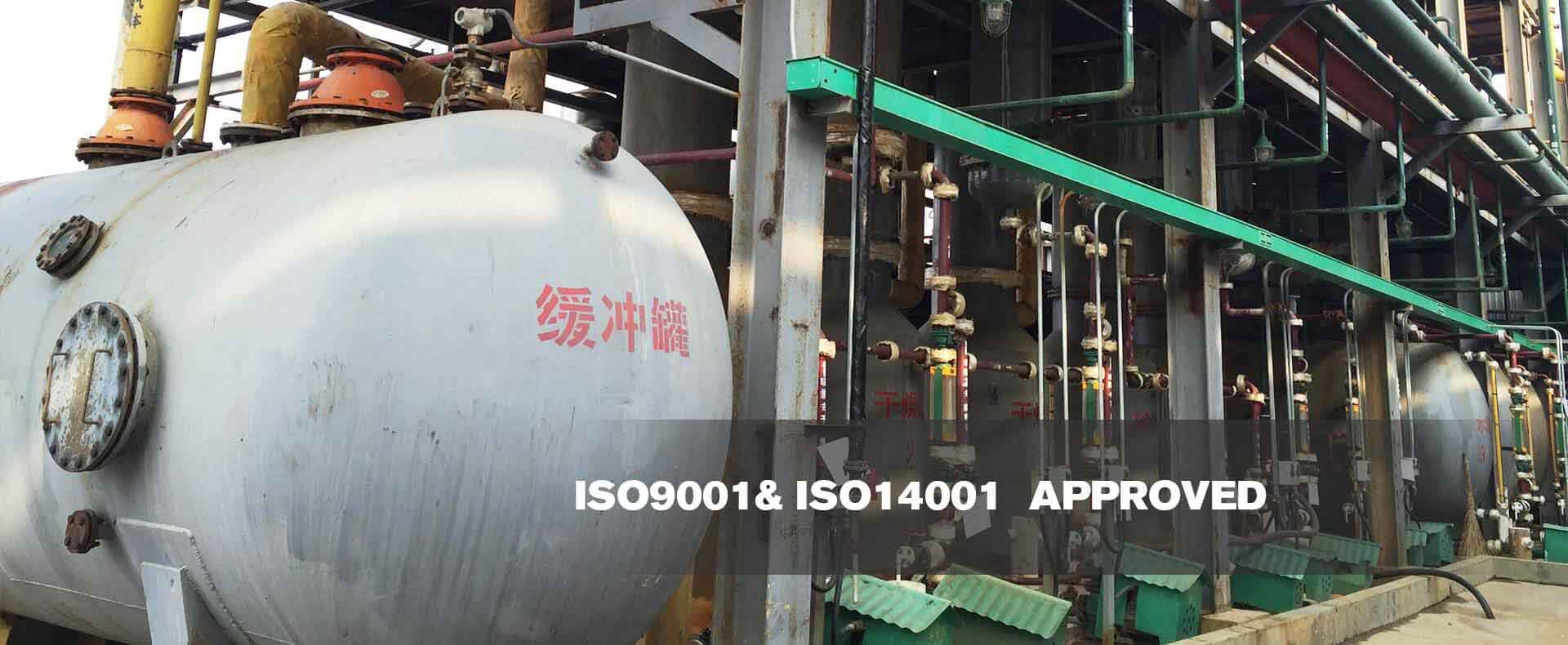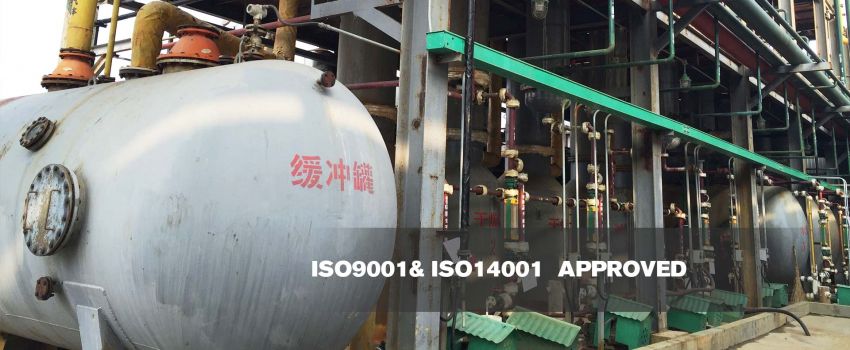Action of Guanidine Hydrochloride on Proteins
Oct. 26, 2022
Guanidine hydrochloride(CAS:50-01-1) is commonly used as an intermediate in pharmaceuticals, pesticides, dyes and other organic synthetics, and is often used in denaturing proteins, as well as in refolding proteins after denaturation. Guanidine hydrochloride supplier will explain the role of guanidine hydrochloride in protein denaturation and refolding.
1.Guanidine hydrochloride can denature proteins.
Proteins are easily affected by external factors (temperature, denaturant, etc.) and undergo conformational changes, loss of activity, abnormal changes in physicochemical properties, a process known as protein denaturation. Guanidine hydrochloride is an important denaturant that produces strong denaturation effects, including two denaturation mechanisms.
One is the solubilising effect of guanidine hydrochloride on hydrophobic amino acid residues. Guanidine hydrochloride can break the hydrogen bond in the protein structure, increasing the solubility of non-polar molecules containing amino acid side chains and reducing hydrophobic interactions. The other mechanism is that the denatured protein can preferentially bind to guanidine hydrochloride, forming a denaturing protein denaturant complex, and after removing the complex, the reaction equilibrium shifts to the right, the protein in its natural state becomes complex, and eventually the protein is completely denatured. However, the binding of the denaturant to the denatured protein is very weak and only high concentrations of denaturant can cause complete denaturation of the protein. In general, denaturation caused by guanidine hydrochloride is usually reversible.
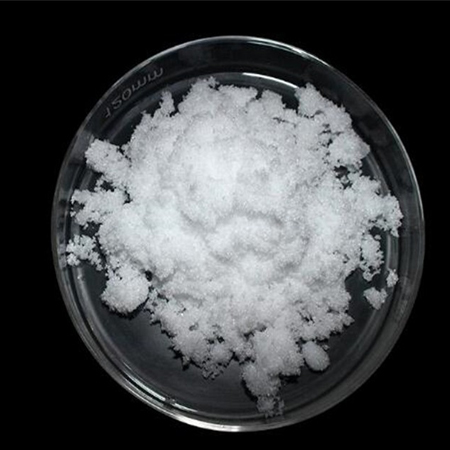
2. Protein denaturation with solubilised proteins
Protein denaturation is irreversible when denaturing conditions are violently sustained. Some denatured proteins can automatically return to their natural state after the denaturing factors are removed, a phenomenon known as protein denaturation. In the process of protein denaturation, the inclusion body proteins are first dissolved. Inclusion body proteins are proteins expressed by bacteria that coalesce within the cell to form inactive solid particles with no fixed shape, are non-water soluble and are only soluble in denaturing agents such as urea and guanidine hydrochloride.
The target protein is then restored from its denatured fully extended state to its normal folded structure by a slow removal of the denaturant, while the reducing agent is removed to allow normal disulphide bond formation. Generally, guanidine hydrochloride starts the denaturation process at 4M and ends it at 1.5M. There are different methods:
Dilution denaturation
The disadvantage is that the volume increases and the denaturant is diluted too quickly, making it difficult to control the dialysis or filtration of the denaturant. However, the process is slow and takes time.
Column Chromatography Renaturation
This is the most recently researched and successful method of denaturation for production applications. The advantages are the low adsorption capacity of the chromatographic fixation relative to the denatured protein, the possibility of improving the quality of the denaturation and the yield of the activity, the simultaneous separation of the target and hemoproteins for purification purposes and the ease of recovery of the denaturant.
Previous: What Is Calone?
-

Qinmu's CPHI China 2025 Exhibition Ends Perfect
Jul. 01, 2025
-

CPHI & PMEC China (Shanghai) 2025 --- we are coming!
Mar. 14, 2025







